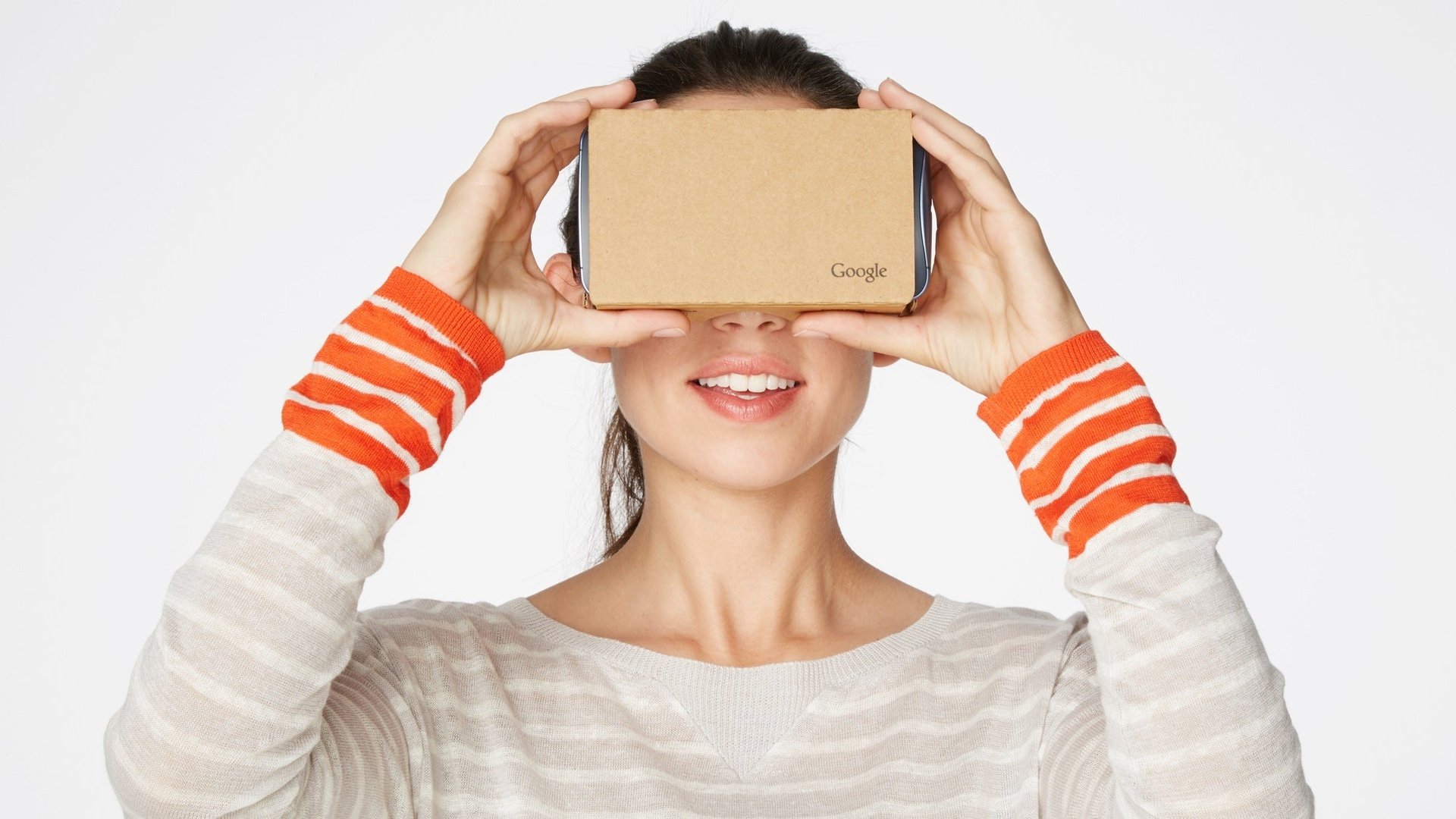Google’s new player lets you make your own virtual reality videos and post them to YouTube
Virtual reality has been virtually fiction so far, at least for consumers. At Google’s I/O developer conference today, however, the company may have taken another step toward turning its Cardboard headset into something everyone might actually use.


Virtual reality has been virtually fiction so far, at least for consumers. At Google’s I/O developer conference today, however, the company may have taken another step toward turning its Cardboard headset into something everyone might actually use.
Clay Bavor, a vice president of product management at Google, announced a new version of the Cardboard player—originally intended as a disposable design at last year’s conference—that will fit six-inch phones and can be set up in three folds. Bavor also announced that the developer kit for the Cardboard VR app now supports both Android and iOS, or about 96% of the smartphone market.
On top of a better Cardboard, Google also announced Jump, its video-stitching system and YouTube add-on. With Jump, anyone who shoots a 360-degree video can upload it to the world’s most popular video site and anyone with a Cardboard system can view it.
Google is going to open-source its plans—as it did with Cardboard—to let users build a 16-camera array to capture 360-degree interactive video themselves. Google is also partnering with GoPro, which has built its own camera array that will be exclusive to Cardboard, for now.
Google said it will be bringing Cardboard to the classroom. Rather like a cheaper version of the Magic Schoolbus, Google Cardboard Expeditions aim to help school kids explore the depths of the ocean, the moon, and other places regular school buses can’t get to, using virtual reality. It’ll be a whole new world of motion sickness.
The gasps from the schoolchildren Google showed off in its promotional video highlights the potential for virtual reality to give us all that feeling of child-like amazement. But it probably wouldn’t be wise to get your hopes up yet just yet: There’s still a long way to go before everyone has a virtual reality player at their fingertips. Developers will need to build VR apps and experiences, videographers will need to film VR content, and of course, we’ll all still need to buy the viewers.
Google may have potentially solved the price issue that consumer virtual reality is facing. It currently costs around $20, compared to say the Oculus Rift, which will cost around $1,500 when it’s released. But the company is still assuming that we’re all going to want to sit around with smartphones and cardboard boxes on our faces. Perhaps there will be niche markets that arise—like the classroom, or hopefully in replacing the headache-inducing 3D films cinemas now show—but will there be broad acceptance? Will this be how we watch soccer matches or sitcoms in the future? It’s hard to say. Avicii is on board, for what it’s worth.
Rather like the old commercials that tried to show how amazing DVDs were on rented VHS tapes, Bavor repeatedly told the I/O audience, “wait til you see this footage in VR.” Perhaps he’s right: We’ll just have to see it to believe it.